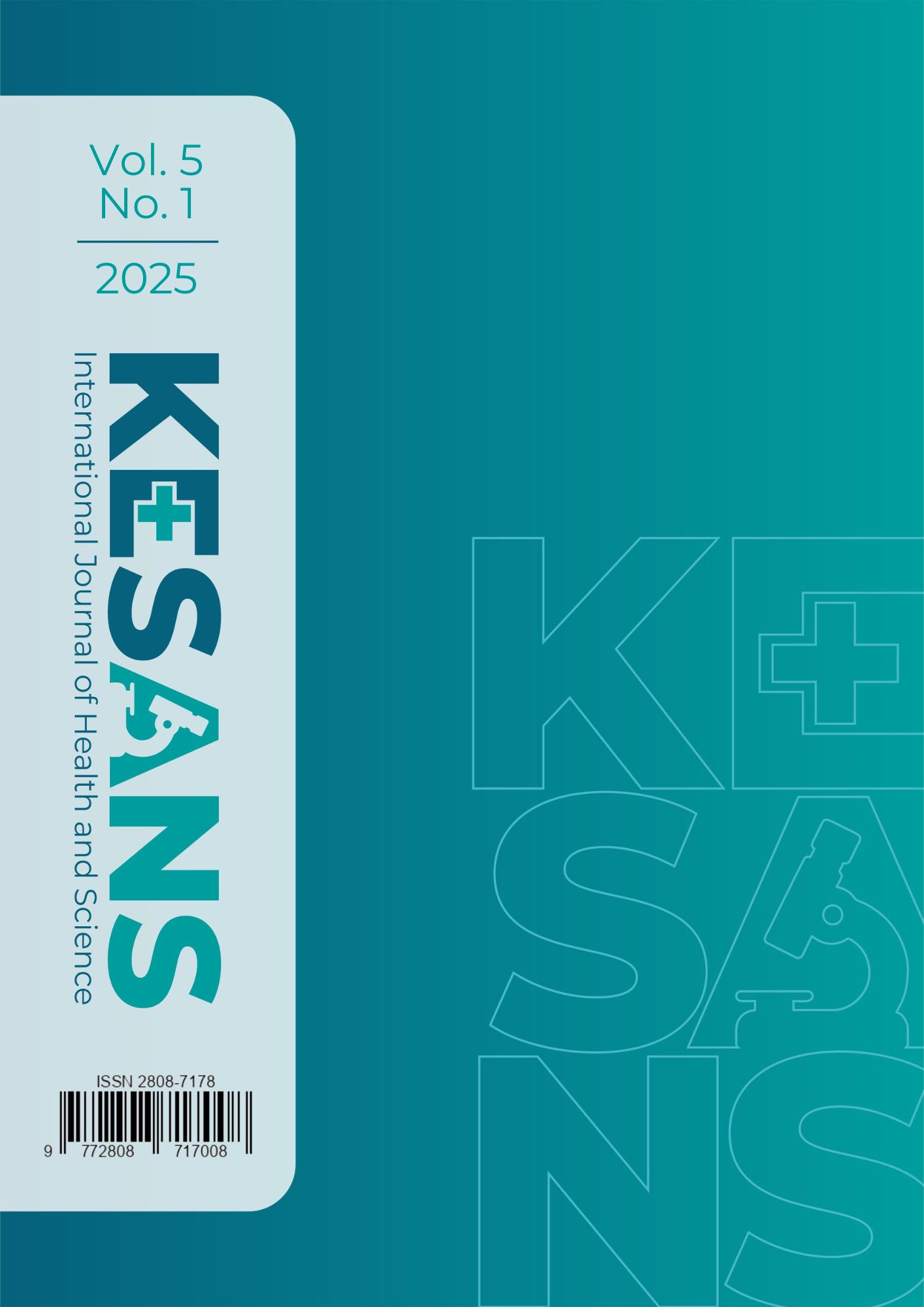Sustainable Waste Management Strategy for Batik MSMEs in Jambi City
DOI:
https://doi.org/10.54543/kesans.v5i1.473Keywords:
Industrial Waste Management Strategy, MSMEs, Sustainable Batik, AHPAbstract
Introduction: The batik industry is a vital part of the creative economy, contributing to increased incomes. However, its production activities also have the potential to cause environmental pollution due to suboptimal waste management. Objective: This study aims to analyze the influencing factors and formulate a strategy for sustainable waste management for batik MSMEs in Jambi City. Methods : using the Analytical Hierarchy Process (AHP) involving 25 respondents consisting of batik craftsmen, government, and community leaders. Results and Discussion: Social factors had the greatest influence (0.362), followed by economic factors (0.268), environmental factors (0.240), and institutional factors (0.130). The main priority sub-criteria were supervision and monitoring (0.616), knowledge (0.510), and waste processing costs (0.481). The most prioritized alternative strategy was the application of natural and environmentally friendly dye technology (0.549), followed by community-based communal wastewater treatment plants (0.228), and multi-party collaborative partnerships (Pentahelix) (0.224). Conclusion: The success of sustainable batik waste management requires synergy between the government, the community, and business actors through a green technology approach and participatory governance
Downloads
Published
How to Cite
Issue
Section
Citation Check
License
Copyright (c) 2025 Emy Sartika, Anis Tatik Maryani, Hutwan Syarifuddin

This work is licensed under a Creative Commons Attribution-ShareAlike 4.0 International License.





















